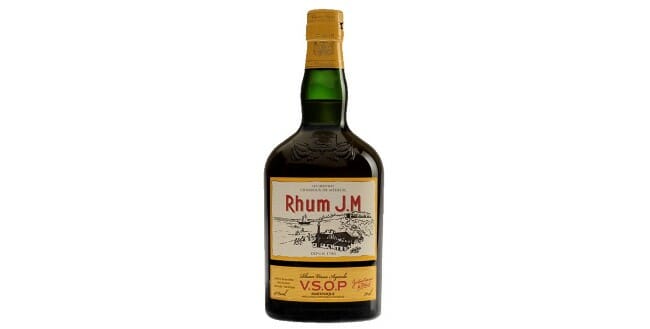Five Rums We’re Revisiting During Quarantine
Photos via Mount Gay, Montanya Rum, Rhum JM, Rhum Clement, Ten to One Rum
I don’t know how anyone could have predicted this, but it turns out that quarantine is conducive to drinking at home.
Shocking, I know! As it turns out, when we’re all cooped up and unable to visit our favorite bars and taprooms, home consumption of beer, wine and liquor goes through the roof. It’s certainly been on my mind as I embarked on not one,or two, but three different pieces revisiting some of the whiskey bottles I pulled out of the back of my cabinet. It made all the sense in the world, given that the one thing we all tend to have during quarantine is time to reflect. And for a spirits writer, that includes reflecting on some of our favorite booze.
We’d be remiss, though, if we kept it to only whiskey. Indeed, there are only so many whiskey cocktails you can make during quarantine before you start craving the sunnier, outdoorsy disposition of classic tiki drinks. Rum cocktails may very well be my favorite cocktail genre of them all, and it’s a spirit that is tremendously versatile, being equally satisfying for neat drinking or mixing purposes. It was with that thought that I raided my liquor cabinet once again, but this time with an eye on rum.
Here are five excellent (but very different) rums we’re revisiting during quarantine.
1. Rhum J.M V.S.O.P
MSRP: $50

This well-known rhum agricole (made from pure sugarcane juice rather than molasses) is more or less the flagship of Martinique’s Rhum JM, one of the most famed producers of rum’s grassier, funkier, earthier cousin. Rhum agricole is often consumed in a white, unaged form, but well-aged rhums like this one (it’s 4-5 years old) essentially bridge the gap between styles, pushing the funkier, terroir-driven profile of agricole in a direction that is more likely to be recognized as similar to other classic Caribbean aged rums from islands like Barbados. The extended oak-aging has a way of dampening some of the more intensely earthy notes, adding its own vanillans and flavor compounds while leaving some of the uniquely agricole character intact.
That is indeed the case with Rhum J.M V.S.O.P, a product that is aged slightly longer (and is slightly more elegant) than the same brand’s V.O, but not quite as long as the extra-aged X.O. The V.S.O.P, though, sits in a very nice place inbetween, combining friendly sweetness, caramelization and approachability with the complexity that tiki drinkers appreciate in agricole. As I wrote when first tasting this one back in February:
On the nose, there’s more of a pure sugar cane note, along with green apples, apple pie and fennel spice. On the palate this one is quite smooth and inviting, easy to sip neat, with rounded, mildly sweet notes of pepper, toffee, apples and fennel. The expected earthiness/grassiness is there as well, but the Rhum J.M. lineup in general strikes me as a bit less expressively funky as some of the other agricoles I’ve had, and a bit more approachable and balanced. Likewise, although both the V.O and V.S.O.P are mildly sweet, neither are really anywhere close to rich or decadent. Agricoles in general have a tendency to present as less sweet than other rums because they’re balanced out by the grassiness and funk, which lends them more of a sophisticated profile for neat drinking. If you like the flavor of aged rum, but find many of them (especially sugar-added “premium” ones like Zacapa or Diplomatico) too sweet to enjoy a glass, then you may also find aged agricoles like this V.S.O.P compelling.
-

-

-

-

-

-

-

-

-

-

-

-

-

-

-

-

-

-

-

-

-

-

-

-

-

-

-

-

-

-

-

-

-

-

-

-

-

-

-

-












































